¿Cuánto tiempo tardan realmente las reparaciones habituales en carretera durante una avería del vehículo?
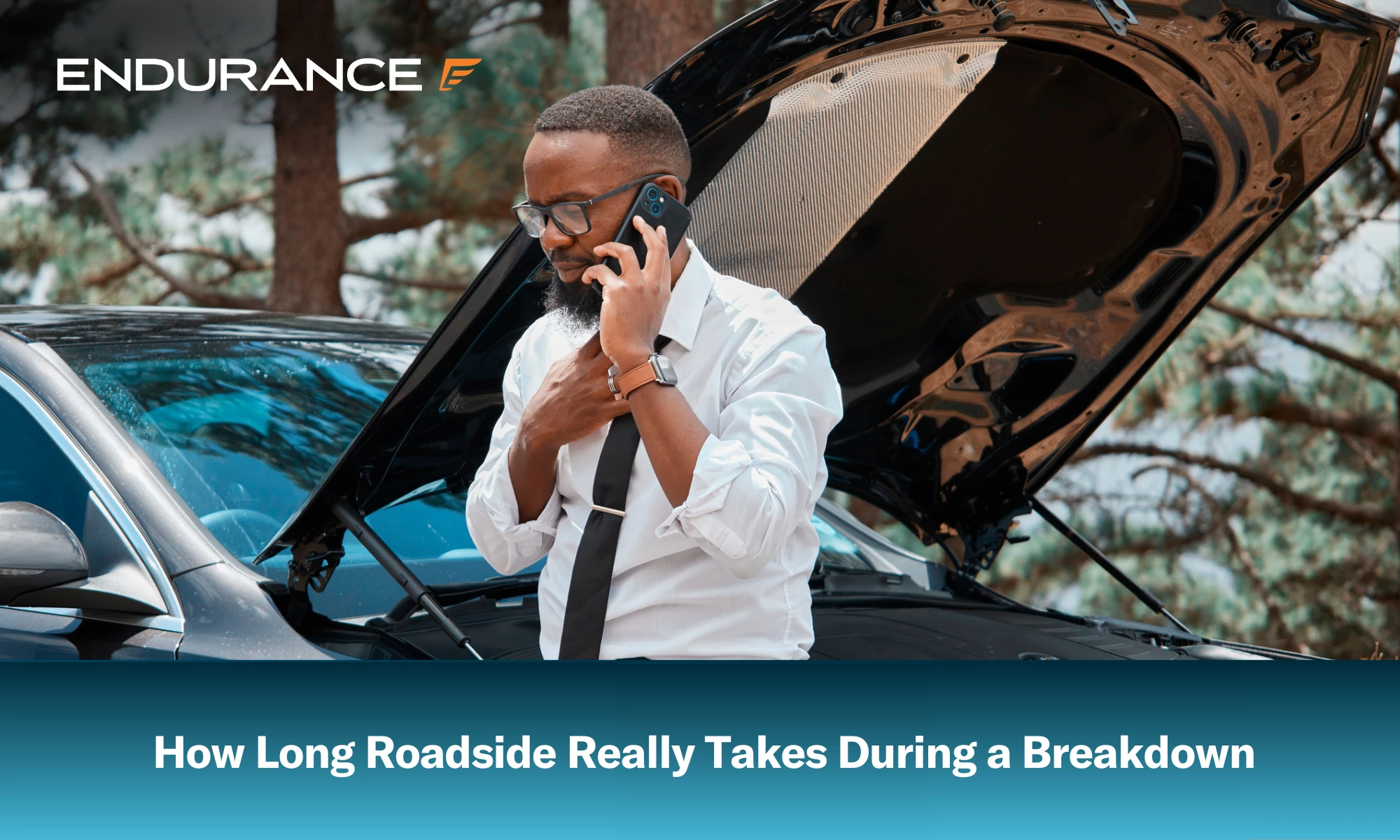
Cuando tu coche se avería, la ayuda siempre llega. Los minutos pueden parecer horas, pero comprender lo que realmente ocurre durante una emergencia en carretera puede ayudarte a decidir si te quedas en tu vehículo o te desplazas a un lugar más seguro. Informes AAA Un promedio de 21 minutos para que llegue la ayuda, aunque otros proveedores notan esperas más largas. La buena noticia es que la mayoría reparaciones comunes en la carretera No toma mucho tiempo, alrededor de 10 a 15 minutos para cambiar un neumático y 5 a 10 minutos para ponerlo en marcha.
Cada plan de protección de auto Endurance incluye Asistencia en carretera 24 horas al día, 7 días a la semana Con remolque, arranques forzados, asistencia para abrir puertas y más, para que nunca te quedes varado ante cualquier imprevisto. Ya sea cerca de casa o a cientos de kilómetros de distancia, Endurance te conecta con proveedores de servicios de confianza para que puedas volver a la carretera de forma rápida y segura.
Sigue leyendo para aprender Cómo mantenerse a salvo durante una avería y qué esperar del tiempo de asistencia en carretera, ya sea que confíe en Endurance o en otro proveedor.
La seguridad es lo primero: dónde detenerse y cómo hacerse ver
La seguridad es siempre la máxima prioridad durante una avería del vehículo.Solucionar el problema puede venir después. Usted y sus pasajeros corren peligro por culpa de otros vehículos, especialmente en carreteras con mucho tráfico o en zonas con poca visibilidad.
Una avería en la autopista es especialmente peligrosa debido a conductores distraídos, riesgos de sobrecorrección por parte de conductores sobresaltados por un vehículo detenido y exposición a escombros en movimiento. Un estudio La Policía Estatal de Michigan estimó que el 101% de todos los accidentes de tránsito fatales involucraron emergencias en la carretera.
Lo ideal es que pueda estacionar en un estacionamiento, pero dependiendo de la ubicación y el tipo de problema, puede que no sea posible. Busque una zona de seguridad en el arcén de la carretera, permanezca con el cinturón de seguridad abrochado y encienda las luces de emergencia. Si está oscuro, deje las luces exteriores encendidas si funcionan, para que sea más visible para otros conductores, los servicios de emergencia y la asistencia en carretera. Pida ayuda lo antes posible.
Si debe abandonar el vehículo (las razones por las que esto podría ser necesario se explican más adelante), mantenga siempre el coche entre usted y la carretera. Si está disponible, una barandilla puede servir como protección adicional; espere al otro lado.
Tiempo estimado de llegada realista: arranques, cambios de neumáticos, bloqueos y remolques
Una vez superada la sorpresa inicial de una avería, es fundamental tener una perspectiva realista sobre la llegada de la asistencia en carretera y cuánto tiempo podrían tardar las reparaciones. Con esta información, sabrá dónde esperar. Tener la mentalidad adecuada también implica saber qué puede y qué no puede hacer la asistencia en carretera. Se centra en servicios sencillos como arranques forzados, cambio de neumáticos y apertura de puertas. Si tiene problemas más graves, prepárese para que lo remolquen a un taller.
- Hora de llegada: Independientemente del problema del vehículo, la ayuda no puede comenzar hasta que llegue el proveedor de servicios. AAA dice sus miembros tienen un tiempo de espera promedio de unos 20 minutos, mientras que Informes de Geico El cliente típico puede esperar servicio en 60 minutos. Si la avería ocurre en una zona rural, con mucho tráfico o mal tiempo, la espera será mayor.
- Arranque rápido: Las cajas de arranque modernas han reemplazado los cables de arranque, acelerando el proceso de recarga de la batería. Una vez conectados, estos dispositivos suelen necesitar menos de 10 minutos para arrancar un coche (suponiendo que... El problema solo está relacionado con la batería.).
- Cambio de neumáticos: Suponiendo que tenga una llanta de repuesto bien inflada y de fácil acceso, y sin factores que compliquen la situación (como la ubicación del vehículo o la falta de una llave para tuercas), el cambio de llanta suele tardar menos de 15 minutos. Este es un trabajo rutinario para los técnicos de servicio en carretera. Ellos contarán con herramientas profesionales y conocerán el punto de elevación correcto para el vehículo.
- Servicio de bloqueo: Si bien un especialista experimentado a menudo puede resolver un bloqueo en 10 a 20 minutos, los sistemas de seguridad más avanzados pueden extender el tiempo requerido o pueden resultar en ser remolcado a un concesionario.
- Suministro de combustible: La entrega de combustible de emergencia suele tardar lo mismo que una visita de servicio estándar (entre 20 y 60 minutos), pero es una de las soluciones en carretera más rápidas. Cargar unos cuantos galones de gasolina (lo que la mayoría de los proveedores traen) solo toma unos minutos.
- Tiempo estimado de llegada del remolque: Este es su tiempo de espera más largo y complejo. Muchas llamadas de servicio, inicialmente atendidas por problemas sencillos (como baterías descargadas o neumáticos pinchados), implican que los técnicos lleguen en vehículos de servicio estándar en lugar de grúas completas. Cuando estas soluciones rápidas fallan o el problema es más grave de lo informado, una segunda llamada trae la grúa, duplicando el tiempo total de espera.
Quedarse o abandonar el vehículo: una guía de decisión sencilla
Cada situación de avería es única, por lo que decidir si quedarse en el vehículo o esperar en otro lugar requiere una cuidadosa reflexión. A continuación, se detallan los aspectos a considerar:
Permanezca en el automóvil si:
- La ubicación ofrece buena visibilidad y amplios arcenes.
- El clima es tolerable.
- La ayuda está en camino y se puede rastrear.
- Estarás mejor protegido en la cabina que afuera en una ubicación alternativa.
Salga a un lugar más seguro cuando:
- El vehículo está parado cerca de la carretera y en una zona de visibilidad limitada.
- Estás expuesto a condiciones climáticas extremas (calor o frío extremos, tormentas).
- Su ubicación es de alto riesgo (carretera con curvas, terreno montañoso, zona de construcción).
- Un lugar más seguro se encuentra a una distancia razonable a pie (y se puede llegar de forma segura).
- El vehículo muestra humo, fuego, fugas u otros peligros.
Generalmente es más seguro quedarse en el coche que quedarse cerca y expuesto al tráfico. En el interior, el exterior del coche actúa como una barrera protectora. Sin embargo, como se mencionó anteriormente, hay excepciones. Durante una avería, manténgase atento a las condiciones de la carretera y del entorno. Si se siente inseguro o la situación cambia, no dude en irse a otro lugar, pero solo si es seguro hacerlo y está cerca.
Información que ayuda rápidamente: ubicación, fotos y llave de bloqueo de ruedas
Aunque esperar la asistencia puede parecer eterno, existen maneras de agilizar el proceso. Proporcione detalles clave con antelación para agilizar el soporte.
Detalles de ubicación precisa
Cuanto más precisa sea la ubicación que proporcione, antes llegará la ayuda. Si es posible, comience con una dirección precisa o las coordenadas GPS de su teléfono inteligente. De lo contrario, comparta el marcador, la salida o la calle transversal más cercana, además de la dirección de viaje o un punto de referencia.
Información del vehículo
El servicio de asistencia en carretera necesitará la marca, el modelo, el año y el color de su vehículo. También podría preguntarle si su vehículo tiene tracción total o en las cuatro ruedas, lo que requiere una plataforma para remolcarlo.
Llave de bloqueo de ruedas
Uno de los mayores obstáculos para cambiar una llanta es un bloqueo de rueda sin llave. Lo ideal es encontrar la llave antes de llamar a un mecánico. Puede encontrarla en la guantera, la consola central o la zona de la llanta de repuesto. Si falta la llave, informe al técnico; es posible que tenga una llave genérica o le recomiende remolcar el auto a un taller donde puedan desmontar el bloqueo.
Soporte de fotografía
Su solicitud de asistencia en carretera puede ser más fácil si incluye fotos que justifiquen cualquier condición inusual. Este paso puede ser útil si su coche está atascado en un lugar de difícil acceso o presenta daños inusuales.
Estado de la batería y la llave
Si se trata de un arranque auxiliar, mencione la edad del batería de coche Y si ha tenido algún problema eléctrico reciente. En caso de quedarse encerrado, especifique si la llave se perdió o se encuentra dentro del coche. Sin embargo, si un niño o una mascota se quedan encerrados dentro, puede llamar al 911 para obtener ayuda inmediata para abrir el vehículo.
Un kit minimalista que reduce el tiempo de espera
Un kit de emergencia para vehículos puede ser invaluable e incluso evitar la necesidad de llamar a la asistencia en carretera. Algunas herramientas pueden solucionar averías comunes:
- Bengalas de seguridad o luces de emergencia
- Arrancador portátil con linterna integrada y puertos de carga USB
- Herramientas manuales básicas (destornilladores, alicates, llaves ajustables)
- Guantes de trabajo, gafas de seguridad y ponchos de lluvia.
- Cinta adhesiva
Sellador de neumáticos
Añadir Fix-a-Flat o un producto similar a su kit de emergencia puede ser útil. Sin embargo, estos productos son soluciones temporales y pueden tener inconvenientes. Por ejemplo, una llanta tratada con sellador puede requerir limpieza para una reparación adecuada, y algunos talleres no trabajan con estas llantas.
Más allá del kit de emergencia
Guarda los números de asistencia en carretera en tu teléfono y guarda copias físicas de las tarjetas de seguro y la información de la garantía en la guantera. Cuando falla la señal celular, las copias físicas se convierten en tu salvavidas.
Después del remolque: trámites de primera hora para gestionar
Si su automóvil requiere remolque, hay algunas consideraciones iniciales que pueden hacer que el proceso de reparación sea más sencillo.
- Fotografías: Tome fotografías del automóvil al llegar al taller de reparación para determinar su estado.
- Garantía extendida: Si la avería es mecánica, contacte con su garantía extendida o un proveedor de contrato de servicio de vehículos, como Endurance, para iniciar un reclamo por reparaciones cubiertas.
- Seguro: Si bien una póliza contra colisión o contra todo riesgo puede no cubrir las reparaciones, la cobertura puede reembolsar el remolque y los costos relacionados. Algunas compañías ofrecen seguro averia mecanica.
- Instalación de reparación: Revise las políticas del taller de reparación en cuanto a presupuestos, autorizaciones, tarifas de mano de obra y garantías.
- Transporte: Organice un transporte alternativo. Algunas compañías de seguros de auto y proveedores de garantías extendidas ofrecen cobertura para autos de alquiler y protección contra interrupciones de viaje.
Ventajas de un Plan de Protección de Auto
Las averías pueden ocurrir en cualquier lugar, pero con EnduranceNunca estarás solo en la carretera. Desde asistencia en carretera 24/7 hasta cobertura integral de reparaciones, cada plan está diseñado para protegerte y seguir adelante con confianza, pase lo que pase.
Los titulares del plan Endurance también disfrutan reembolso de alquiler de coche, interrupción del viaje, y la libertad de elegir cualquier Instalación autorizada para reparaciones cubiertas.
Obtenga más información solicitando una Cotización Gratis o ver tu precio y recomendaciones de planes a través de nuestra tienda en línea. Los asesores de planes Endurance también están disponibles en (800) 253-8203.
Explorar el Blog Endurance para artículos escritos por expertos sobre propiedad de automóviles, consejos de bricolaje, reseñas de automóviles y más.
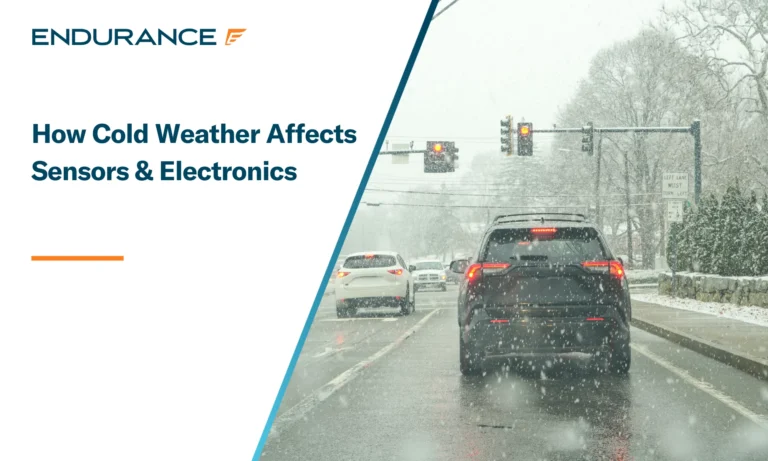
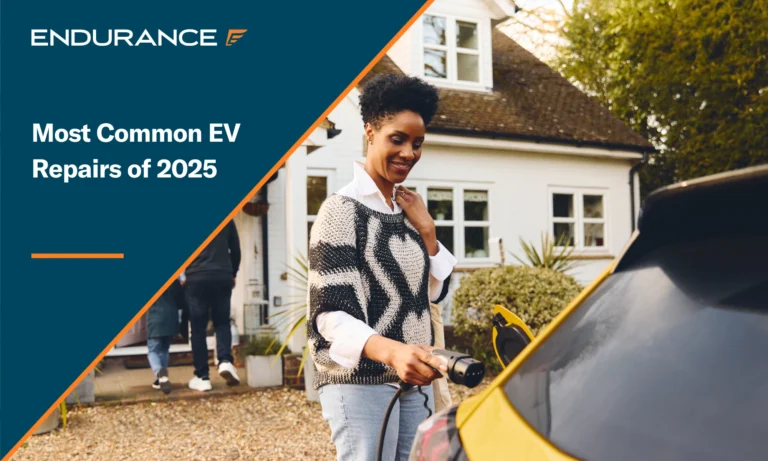
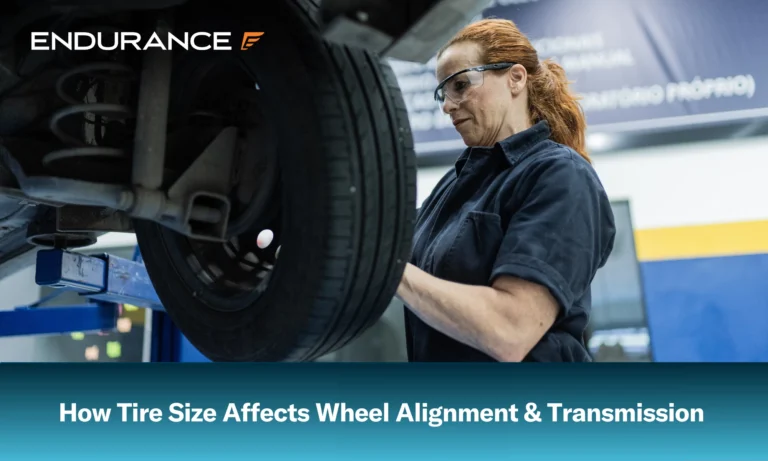



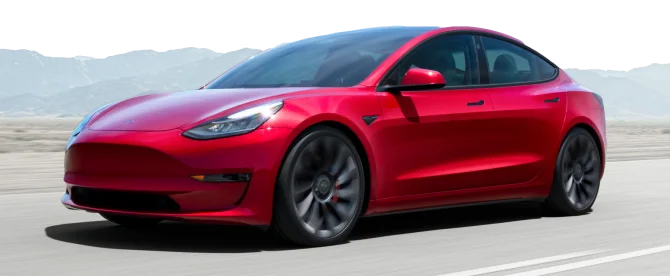






Justin Barrett, propietario de Barrett Automotriz Talleres en Eastanollee y Cornelia, Georgia, con casi 20 años de experiencia en reparación y diagnóstico de vehículos. Desde que fundó su taller de reparación de automóviles con su esposa en 2010, se ha dedicado a ayudar a los conductores con todo, desde el mantenimiento rutinario hasta las reparaciones más complejas. Leer más Acerca de Justin.